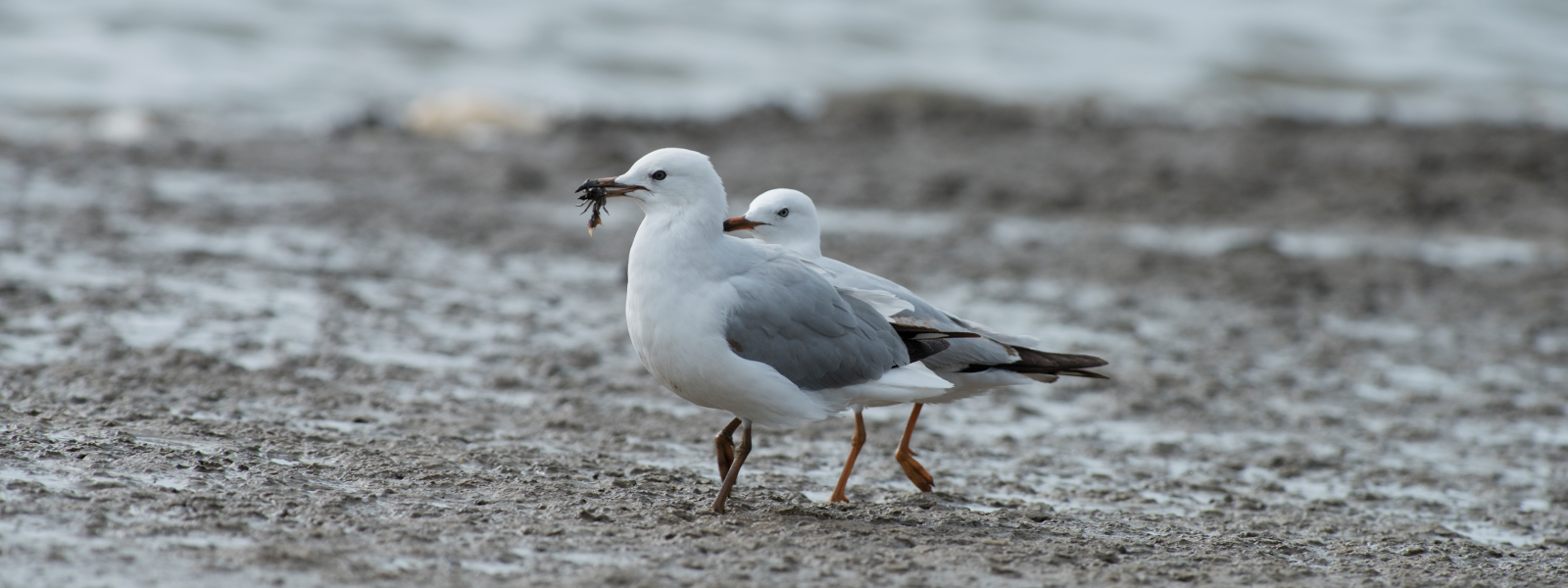Tackling litter in the bays

In 2012, the Victorian Government announced that they would work in partnership with water corporations, to invest more than $1 billion in programmes and initiatives that will contribute to improving the health of the Yarra River and the bay.
The Litter Hotspots Program is a project run by the Metropolitan Waste and Recovery Group; some of their projects include:
- Creating activities that will prevent litter entering storm water drains.
- Producing education and engagement programs focusing on storm water and waterway littering, and
- Cleaning up of litter hotspot areas including business, restaurant districts, waterfront precincts and popular beaches that impact local waterways.
The Victorian Litter Action Alliance is investing in 14 projects which will specifically target marine and coastal litter, and illegal dumping issues that affect the Yarra River and Port Phillip Bay catchment area.
At a state-wide level, Sustainability Victoria has implemented a targeted plan – the Victorian Waste Education Strategy – to tackle litter, starting with an improvement in Victoria’s waste and resource recovery infrastructure system.
Key facts:
- Of the litter found on our beaches 95% comes from suburban streets through the storm water system.
- Cigarette butts are the number one item picked up during litter clean-ups and can take up to 12 months to break down in freshwater and up to five years to break down in seawater.
- The second and third most common found pieces of litter are drink containers and paper.
- The Victorian Government spends approximately $80 M each year cleaning up litter, with 7,850 tonnes of litter and debris removed just from waterways around Melbourne in one year.
Entanglements are an ongoing concern: thousands of marine birds, mammals, reptiles and fish are killed or injured each year due to entanglements in poorly discarded fishing line and other plastic waste.
A new area of research is into microplastics which have a profound effect on the health of animals in the bays.